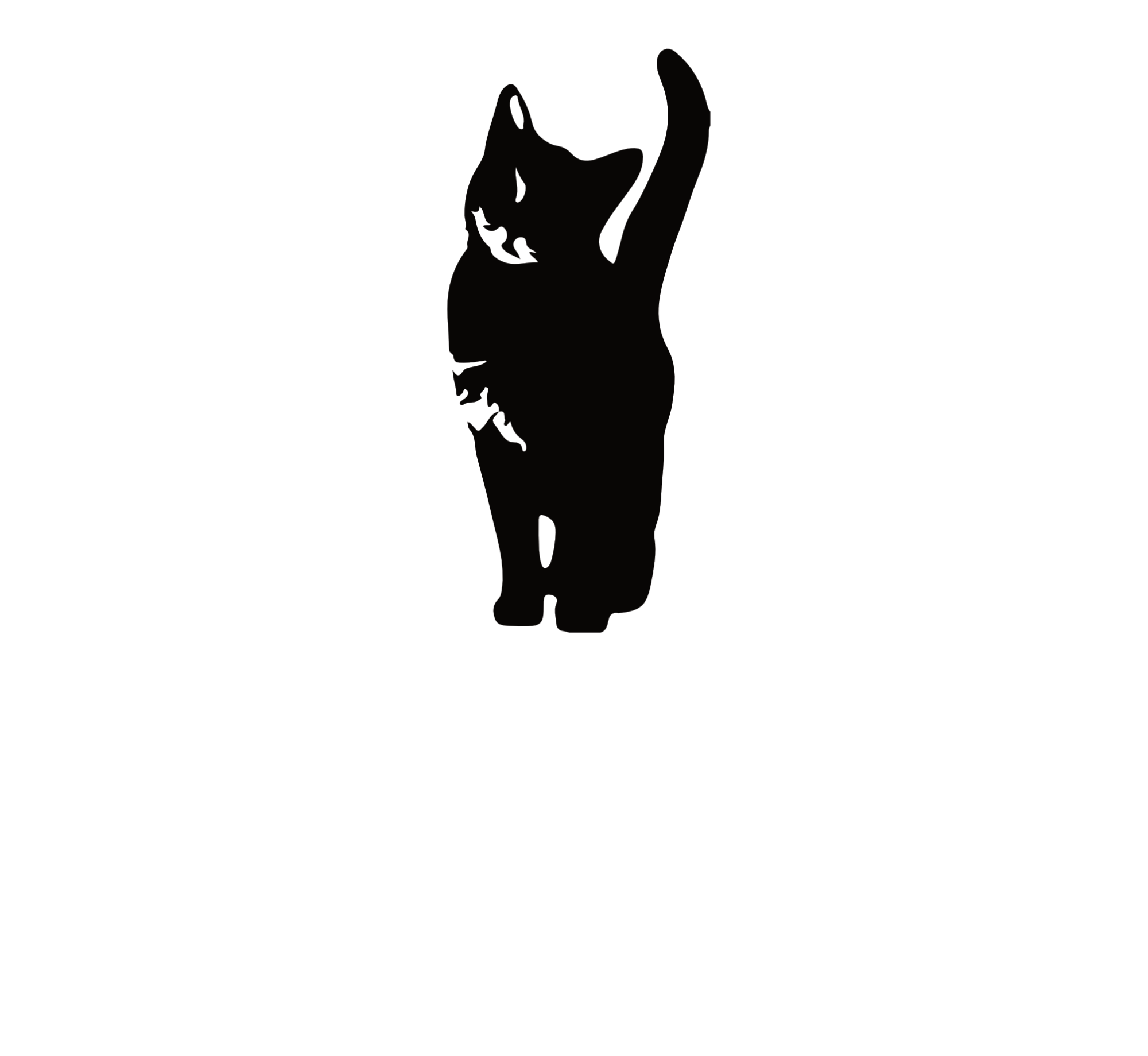That’s what I got from my 8 year old daughter after I asked her to roll up the window in our car. Her lack of comprehension made sense from her perspective. She’s never had to manually “roll up” the window per se. It was never part of her reality of automotive window raising.

Phrases like “turn off” the radio and “hang up” the phone are meaningless to those who never experienced doing those things…ever. They are curious anachronisms for a time…not so long ago…but now archaic and without context.
Humans and Tools
There is a curious recursive relationship between tools and humans. We create tools to better our lives in so doing those very tools shape how we view the world. This is not just a figure of speech; recent neuroscience studies show that tool usage physically changes our neural pathways in a process known neuroplasticity.
This has profound implications for how we plan for the future. In a recent presentation at the Emerging Trends in Retailing Conference, speaker and futurist Brian Solis challenged the audience to rethink their assumptions about the future by suspending their understanding of the present.
He pointed out that the modern website is now more than 20 years old and after years of iterative innovation, is ripe for…wait for it…disruptive innovation. It is technology that is widely accepted. Our lives would be almost unthinkable without it…in much the way we viewed the land line telephone 20 years before.
It is an interesting point. The very architecture of websites makes us think about digital using that frame work. It brackets off the reality of what is possible, what it can look like, and most problematic; what is not possible. Why is based on a desktop view of the world when the world is clearly mobile? Why does website architecture have to be hierarchical? Why is it limited to only two dimensional? Why can we usually only look at one page at time? Why are we calling them pages!
Framing the problem
The tools we use not only shape how we solve problems, but how we frame and find the problems in the first place. The anecdote of the sick patient going to an internist, a surgeon, and a therapist and getting corresponding recommendations for drugs, surgery and therapy is not based on physician greed, it is based on how those professionals view the world. The law of the hammer is a powerful temptress.
The issue of framing is especially relevant in the area of CX Design.
One of the first steps in CX design involves understanding the customer journey. Customer Journey Mapping is very important in understanding today’s journey. Those firms progressive enough to take this step understand the barriers and enablers along the customer journey from awareness to disposal and are far head of those who have not undertaken this step.
While there are many approaches to journey mapping, most approaches[1] start by understanding the existing journey from the customers’ perspective and then look for opportunities for improvement. We find the areas of pain and opportunity and incrementally change the experience to improve it. This approach is fine for iterative innovation. But what about creating a disruptive customer experience design?
Disruptive CX Design
Tesla did not try to incrementally improve the auto buying experience, they blew it up and started from scratch with the wisdom of what people hate about the current experience. I am doubtful that Etsy, AirBnB, and Spotify looked at the existing experience and used that at the basis for incremental improvement. For example, according to their website Uber got started based on a very simple idea:
“On a snowy Paris evening in 2008, Travis Kalanick and Garrett Camp had trouble hailing a cab. So they came up with a simple idea—tap a button, get a ride.”
Experience Anchors
So perhaps those frames of “what is today” is getting in the way of “what could be” in architecting great CX solutions. When we are looking to build a truly innovative new experience perhaps we should first start ideating the ideal and work backwards to today. Should we find that blue ocean space?
The first step in this revised process would be to first clearly understand the customer underlying needs and values not their surface attitudes. Second is the truly start with a blank sheet of paper and map it out. Sure, today’s reality may set it, but try not to let it drive your thinking. Keep an open mind.
Finally, when you are ideating the revised journey, diversity of opinion is not a nice to have…it is a must have in order to mitigate those experiential frame blinders. Invite people from all walks of life, from different functions, and different ages and world views…maybe even a few of your customers. Deep experience can be an asset but also can be an anchor to today’s reality. Sometimes a children’s naiveté has great wisdom. Listen to it carefully.
I listen to my childrens’ wisdom everyday. Sometimes it can be embarrassingly on-point. Perhaps we should apply some of child like wonder and clarity of thought to our work in CX.
[1]For examples, https://experiencematters.wordpress.com/2013/04/03/seven-steps-for-developing-customer-journey-maps/, http://www.maritzcx.com/customer-journey-mapping/, http://www.tandemseven.com/blog/effective-current-state-customer-journey-mapping-process/




